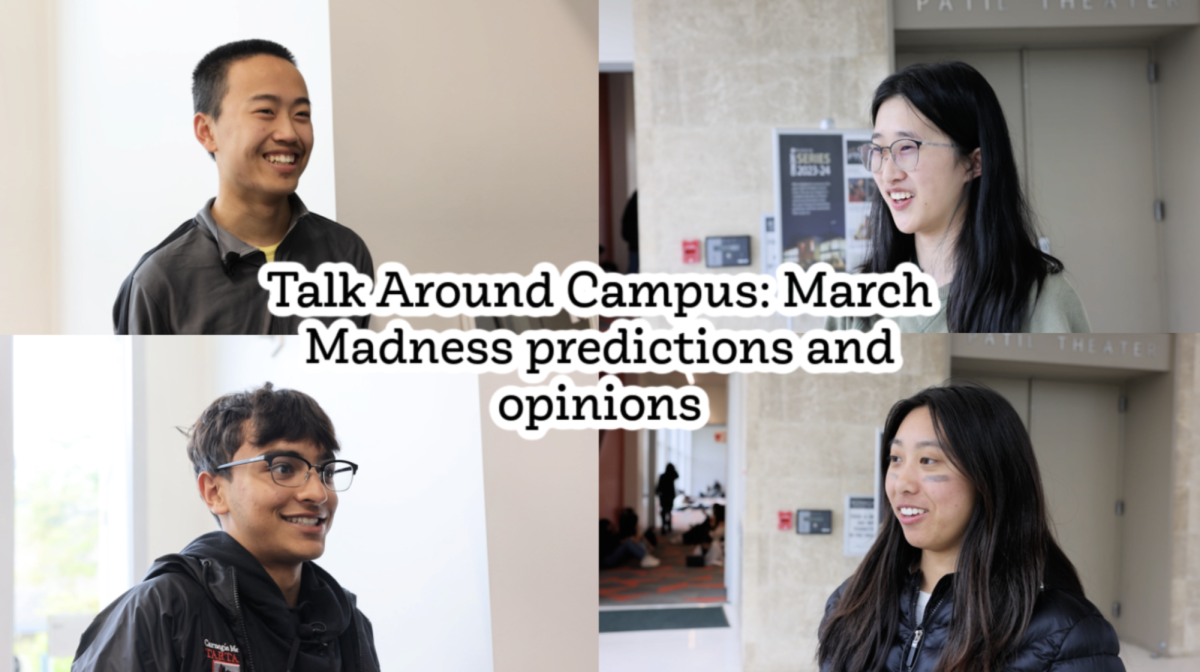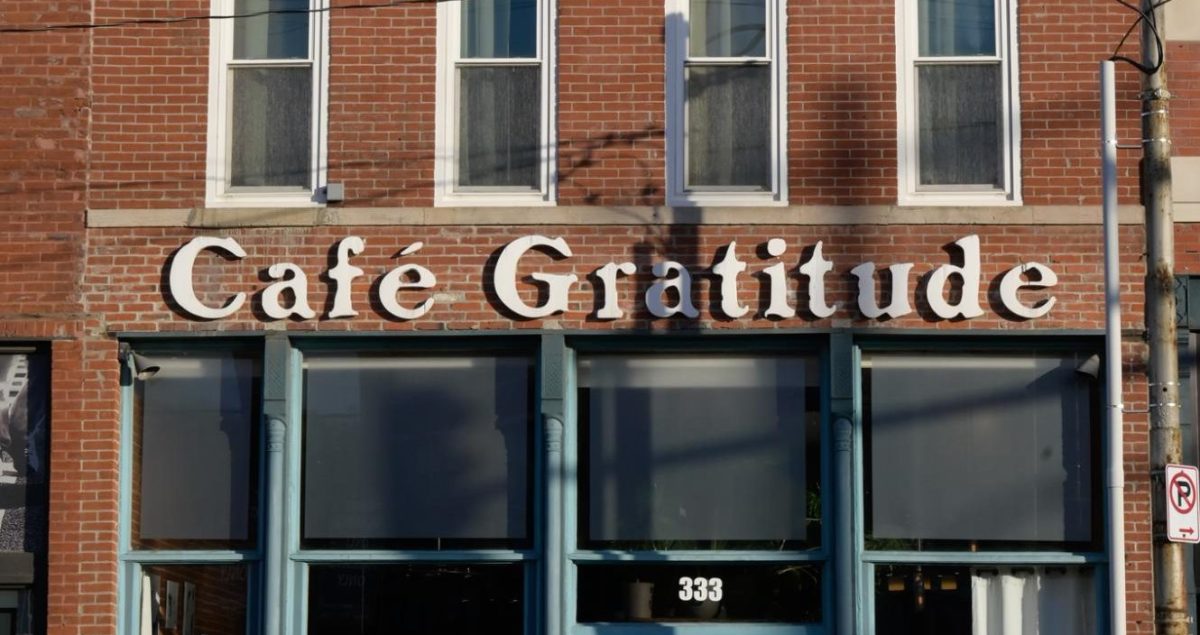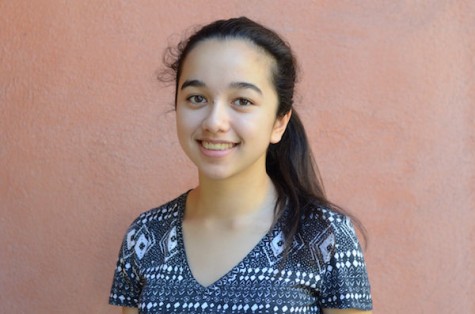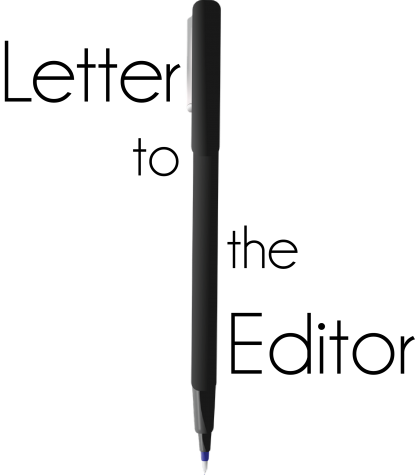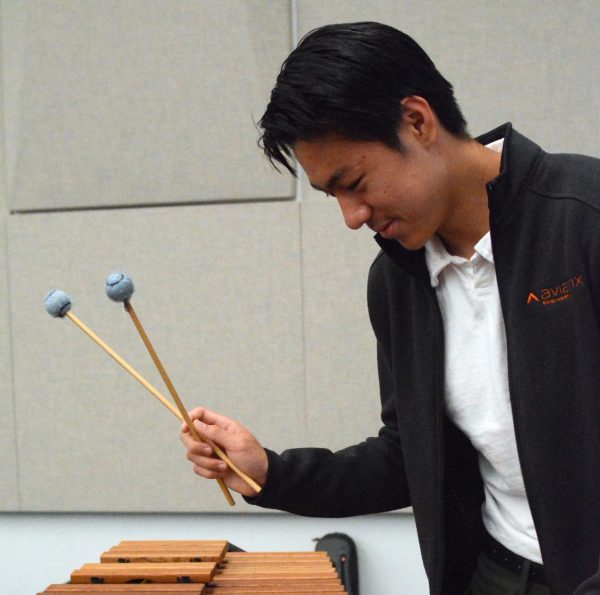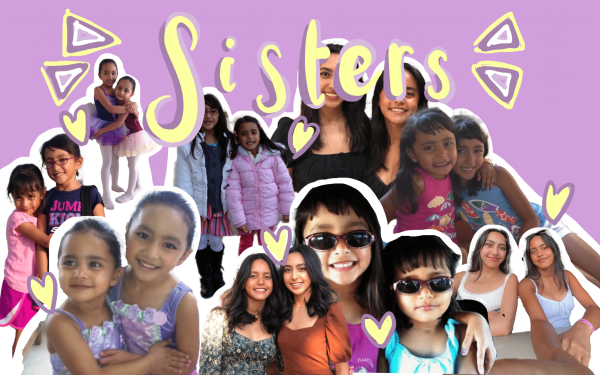Debate on headwear highlights cultural double standard
In the cartoon above, two women exchange conversation about certain forms of traditional women’s headwear. All women have the right to their bodies and the choice to wear what they please, traditional or not.
November 21, 2015
Model Mariah Idrissi caused a stir last month when she appeared in an H&M ad campaign wearing a hijab, causing a controversy over the use of hijab in fashion and the acceptability of hijab in western society.
Wear what you want — a statement that most people take to heart as part of freedom of expression. This mindset embodies the principle of bodily autonomy, in that people have a right to their own bodies.
Feminists especially point to arguments of bodily autonomy to ground feminist thought in philosophy. They argue: What I wear should have no bearing on how others see me as a person, except for the qualities I have consciously chosen to share and express.
So when it comes to religious garments — niqab, hijab, chador or burqa — why do these concepts of choice and autonomy suddenly become unthinkable?
Several western legislators and many white feminists accuse these headscarves of being “oppressive to women.” In France as well as Belgium, a 2011 law fines women that leave the house wearing niqab. Spain has banned face-veils in certain municipal areas, and Russia has banned wearing hijab since 2013. Yet there is thick irony in these white individuals, these male legislators, declaring what is and what is not oppressive for women of color.
This exemplifies neocolonialism in its most basic form, establishing “western” values as superior ones and advocating for access to autonomy as far as is acceptable within these western values.
Many of us westerners — even youth — remain ignorant, too, toward the significance of these face-coverings, writing them off as barbaric or backward ways of keeping women subservient to men. Rather, the headscarves are rooted in the concepts of modesty and ensuring that a woman can control when and how, if ever, her looks play a role in physical interaction.
As a feminist, I do believe that many religions of the world should indeed vie for feminist ideals and challenge vestiges of patriarchy that may remain. I also believe, though, that any changes in gender relations of other cultures must come from within those societies, and cannot be dictated or forced by western influences.
The concept of autonomy should therefore apply to all, not just the dominant majority. Legislators and other westerners should not get to determine for other people whether or not these garments are oppressive. What is empowering about hijab or niqab is having the choice to wear it — exercising one’s own agency and autonomy in choosing what to wear.
This piece was originally published in the pages of the Winged Post on November 20, 2015.
Elisabeth Siegel (12) is the Co-Editor-In-Chief of the Winged Post. This is her fourth year in Journalism, and she especially loves production nights and bonding with the rest of her staff. In previous years, she was Winged Post news editor, copy editor and reporter.































![Setter Emma Lee (9) sets the ball to the middle during the match against Pinewood on Sept. 12. “[I’m looking forward to] getting more skilled, learning more about my position and also becoming better friends with all of my teammates, Emma said.](https://harkeraquila.com/wp-content/uploads/2023/09/DSC_4917-2-1200x795.jpg)


































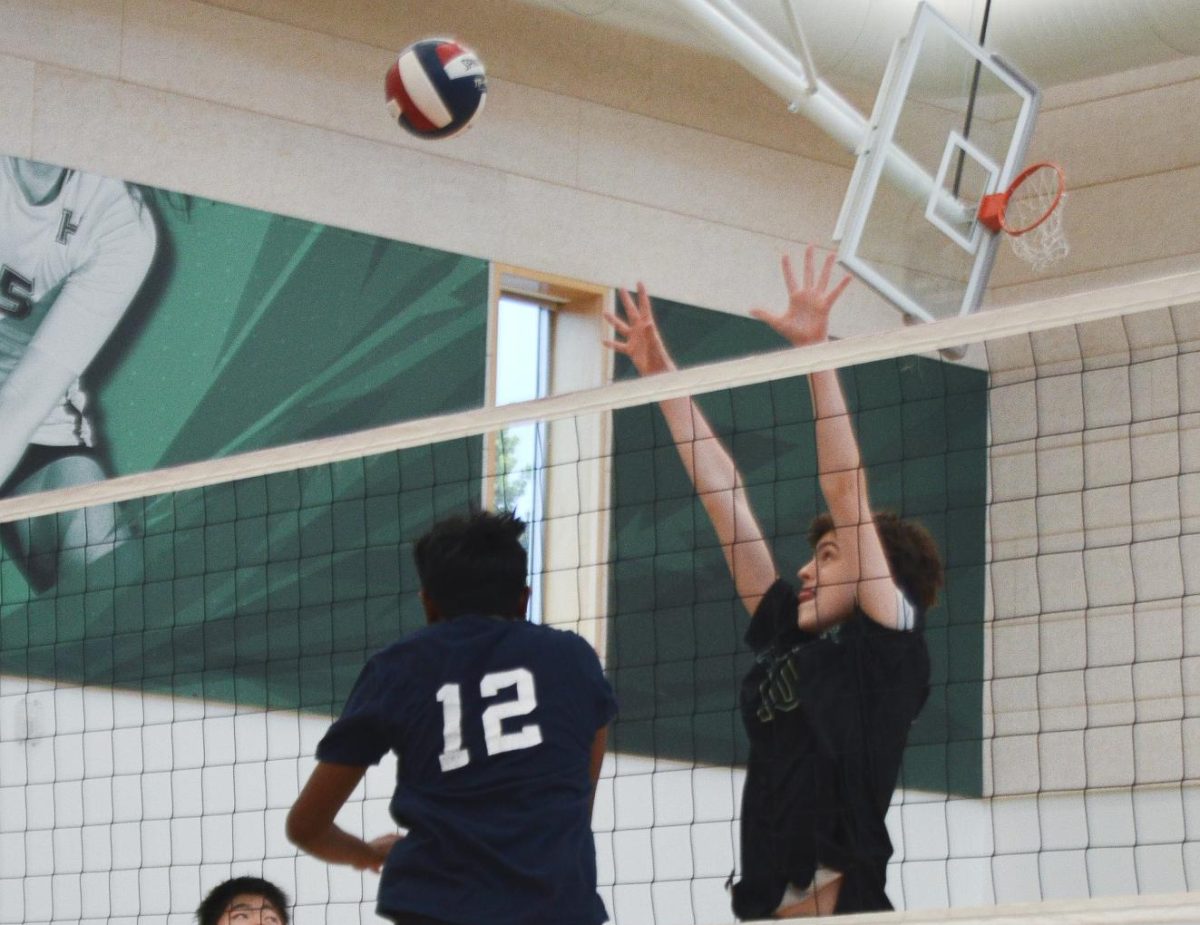
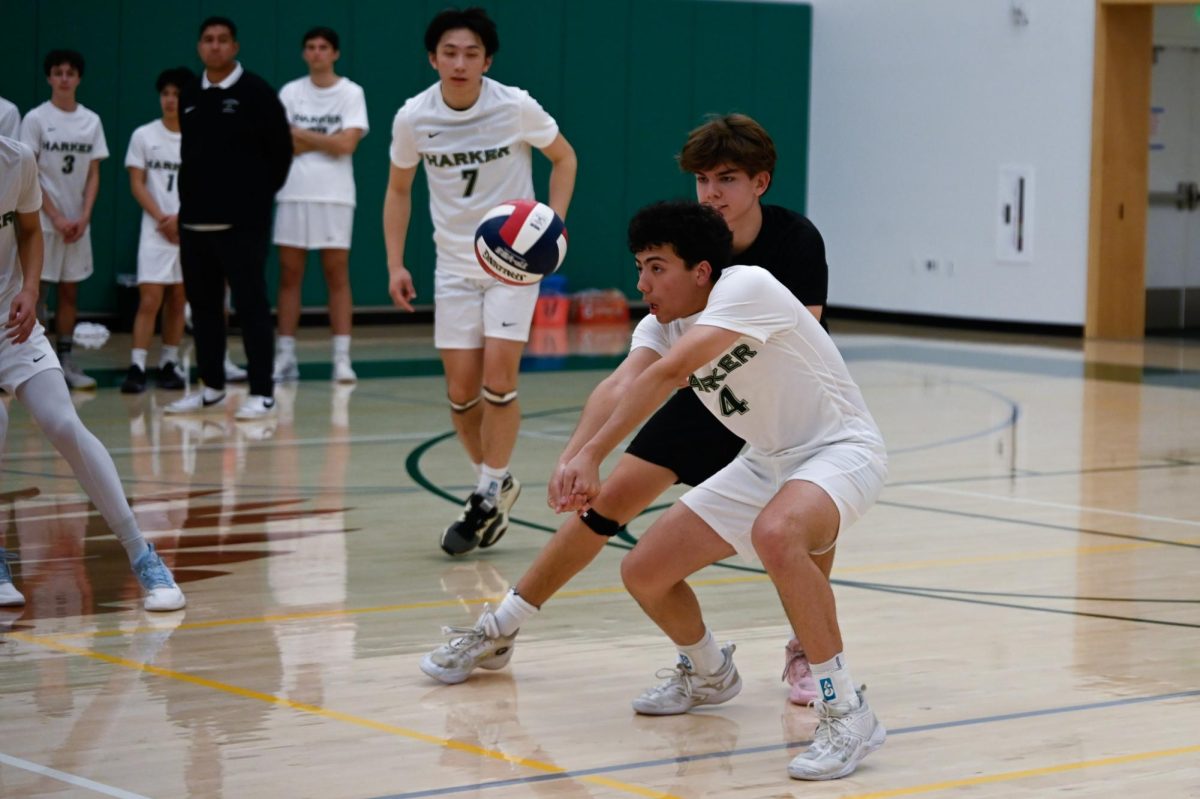




























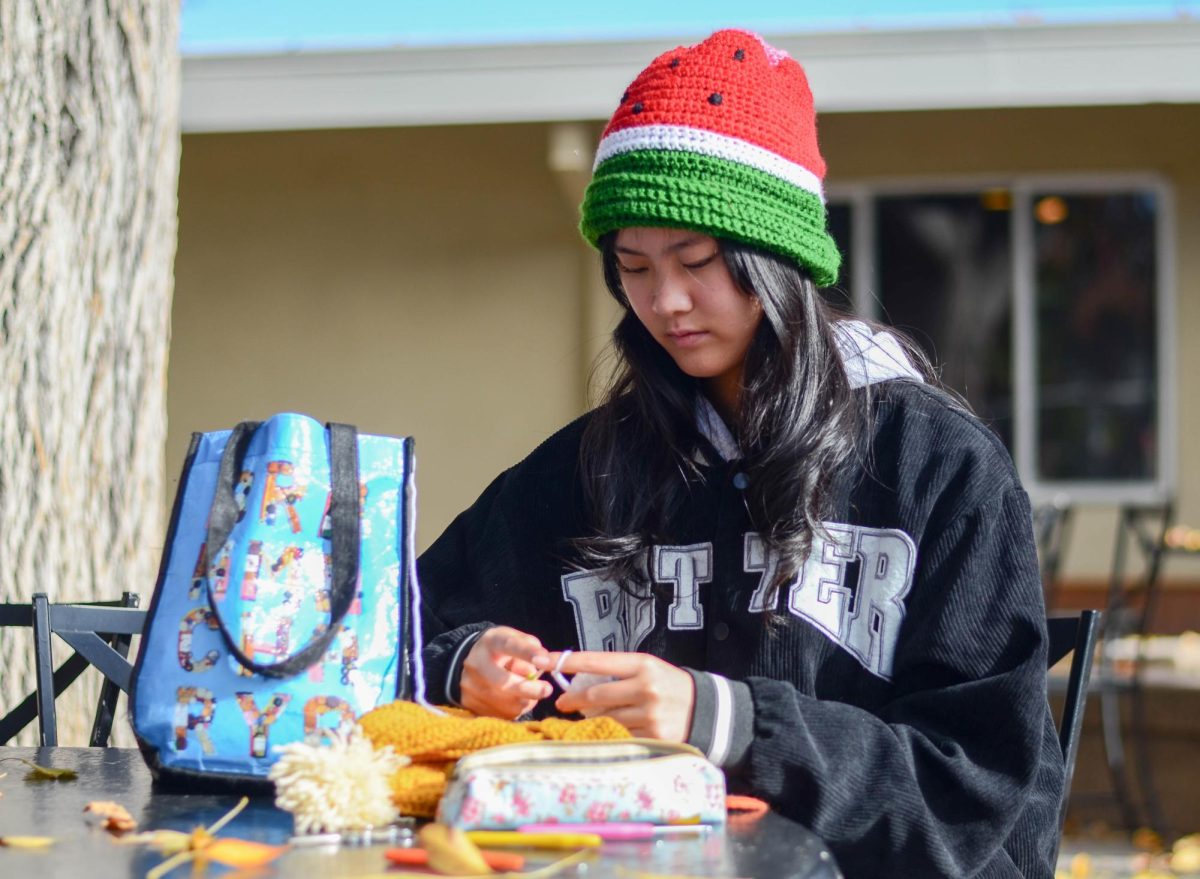
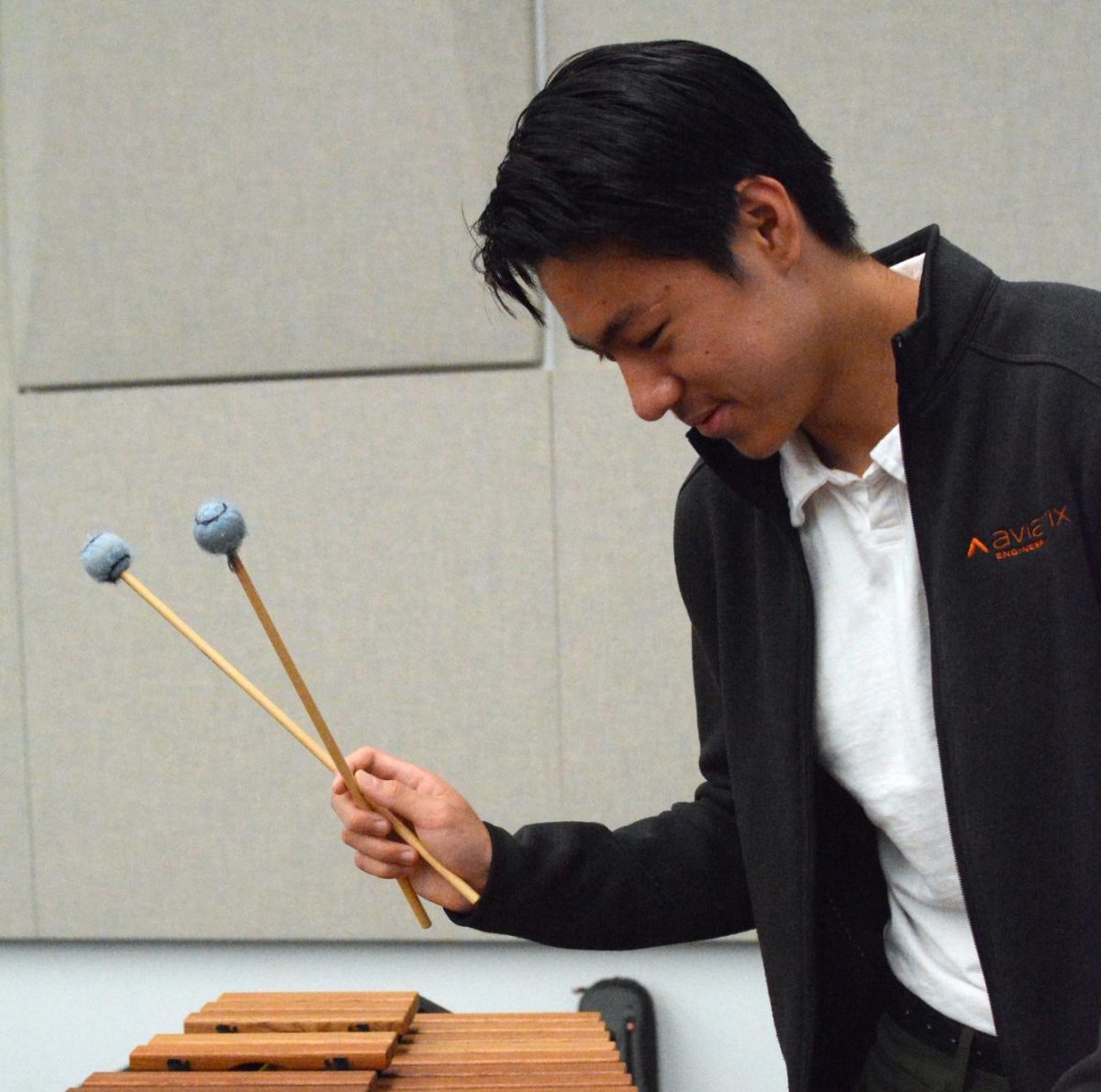

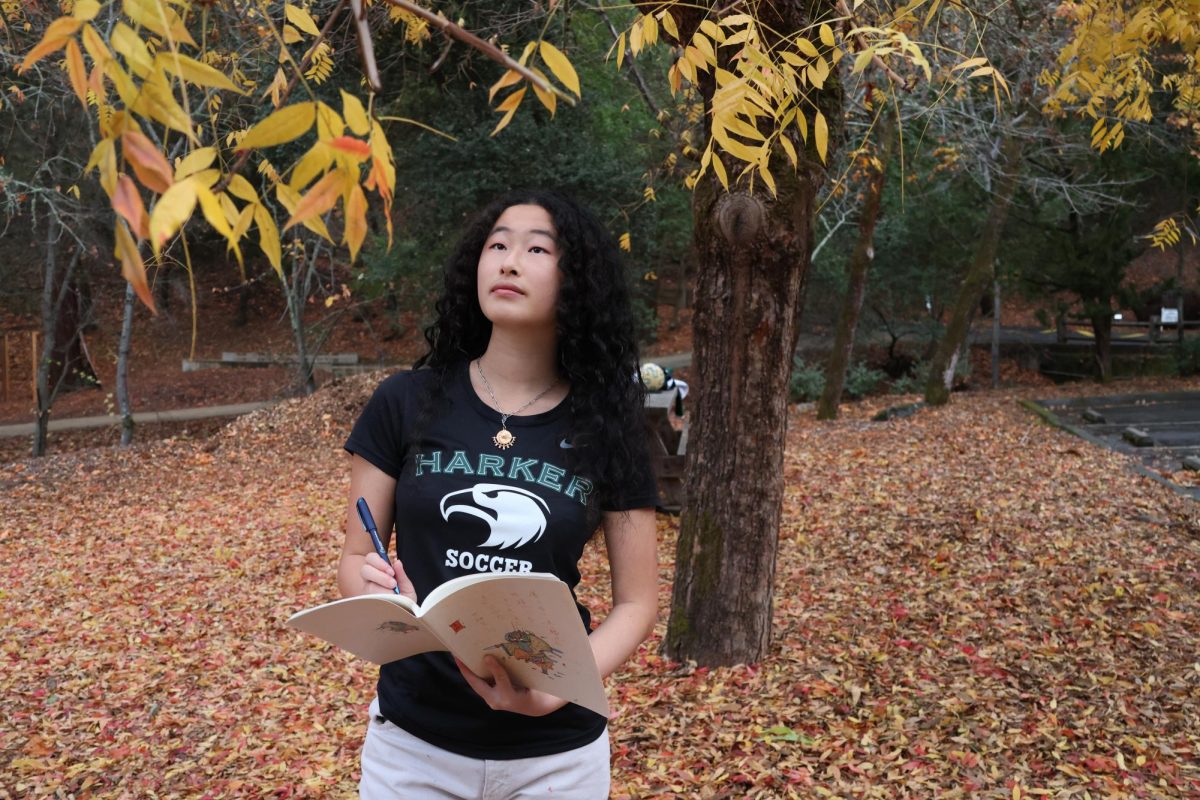










![“[Building nerf blasters] became this outlet of creativity for me that hasnt been matched by anything else. The process [of] making a build complete to your desire is such a painstakingly difficult process, but Ive had to learn from [the skills needed from] soldering to proper painting. Theres so many different options for everything, if you think about it, it exists. The best part is [that] if it doesnt exist, you can build it yourself, Ishaan Parate said.](https://harkeraquila.com/wp-content/uploads/2022/08/DSC_8149-900x604.jpg)


![“Animation just clicked in a way. I had been interested in art, but that felt different. [Animation] felt like it had something behind it, whereas previous things felt surface level. I wasnt making that crazy of things, but just the process of doing it was much more enjoyable, Carter Chadwick (22) said.](https://harkeraquila.com/wp-content/uploads/2022/08/Screen-Shot-2022-08-16-at-9.44.08-AM-900x598.png)


![“When I came into high school, I was ready to be a follower. But DECA was a game changer for me. It helped me overcome my fear of public speaking, and its played such a major role in who Ive become today. To be able to successfully lead a chapter of 150 students, an officer team and be one of the upperclassmen I once really admired is something Im [really] proud of,” Anvitha Tummala (21) said.](https://harkeraquila.com/wp-content/uploads/2021/07/Screen-Shot-2021-07-25-at-9.50.05-AM-900x594.png)



![“[Volleyball has] taught me how to fall correctly, and another thing it taught is that you don’t have to be the best at something to be good at it. If you just hit the ball in a smart way, then it still scores points and you’re good at it. You could be a background player and still make a much bigger impact on the team than you would think,” Anya Gert (’20) said.](https://harkeraquila.com/wp-content/uploads/2020/06/AnnaGert_JinTuan_HoHPhotoEdited-600x900.jpeg)

![“Im not nearly there yet, but [my confidence has] definitely been getting better since I was pretty shy and timid coming into Harker my freshman year. I know that theres a lot of people that are really confident in what they do, and I really admire them. Everyones so driven and that has really pushed me to kind of try to find my own place in high school and be more confident,” Alyssa Huang (’20) said.](https://harkeraquila.com/wp-content/uploads/2020/06/AlyssaHuang_EmilyChen_HoHPhoto-900x749.jpeg)













![“My slogan is ‘slow feet, don’t eat, and I’m hungry.’ You need to run fast to get where you are–you arent going to get those championships if you arent fast,” Angel Cervantes (12) said. “I want to do well in school on my tests and in track and win championships for my team. I live by that, [and] I can do that anywhere: in the classroom or on the field.”](https://harkeraquila.com/wp-content/uploads/2018/06/DSC5146-900x601.jpg)

![“I think getting up in the morning and having a sense of purpose [is exciting]. I think without a certain amount of drive, life is kind of obsolete and mundane, and I think having that every single day is what makes each day unique and kind of makes life exciting,” Neymika Jain (12) said.](https://harkeraquila.com/wp-content/uploads/2017/06/Screen-Shot-2017-06-03-at-4.54.16-PM.png)







